KNIT MAGAZINE
A story about threads that you seem to know but do not know (how to dye) ②

- Post date:
- December 15, 2014 07:00
KNIT MAGAZINE

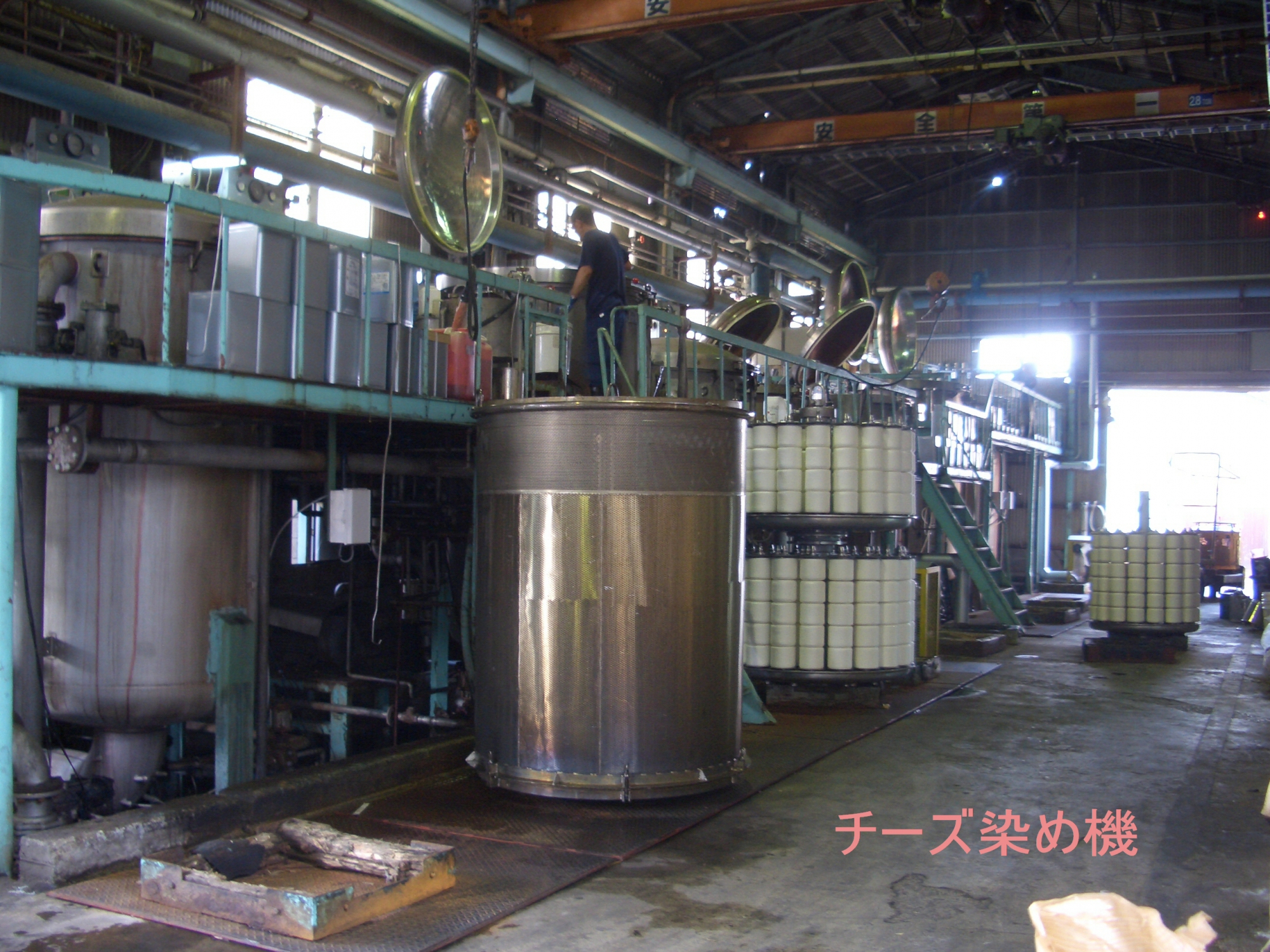
We translate with Google Translate. You can contact us if you have any question.
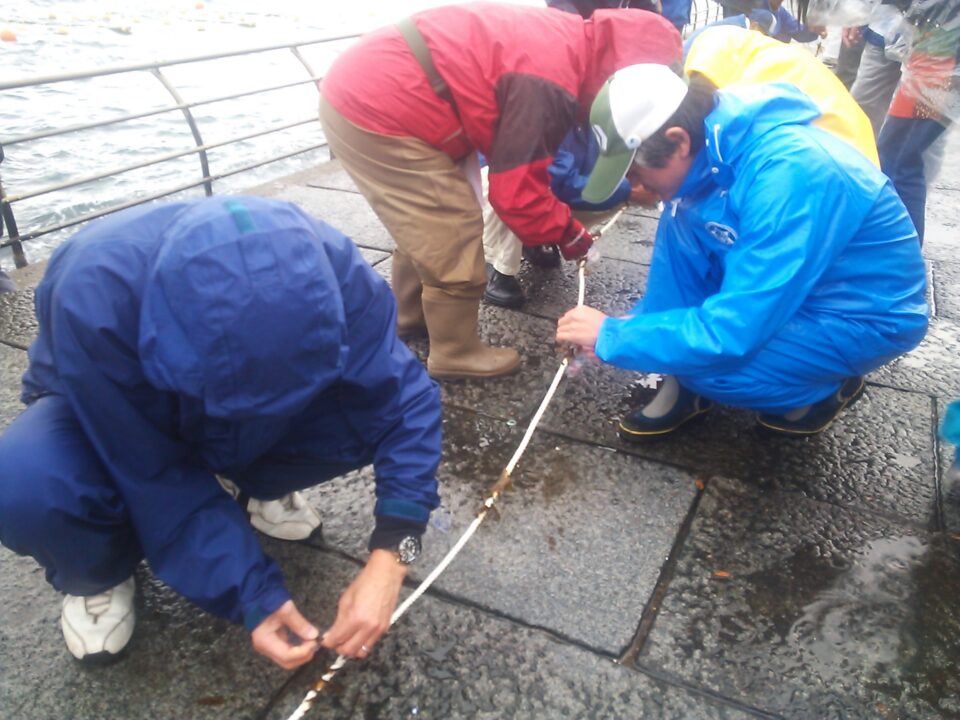
Hello.
My friend is helping to grow wakame seaweed, so I’m Koyanagi, a sales clerk who participated in the planting this year as well.
Unfortunately, it was raining this year, and I was only able to make a tag to attach to the wakame seaweed.
It ended earlier than planned, so I went to the Cup Noodle Museum.
I was surprised to hear the exhibition of instant noodles starting from chicken ramen and the history of Momofuku Ando (← auspicious name!), The father of instant noodles, and made one MY cup noodle in the world. I had a fulfilling time.
Next time, I want to go make chicken ramen.
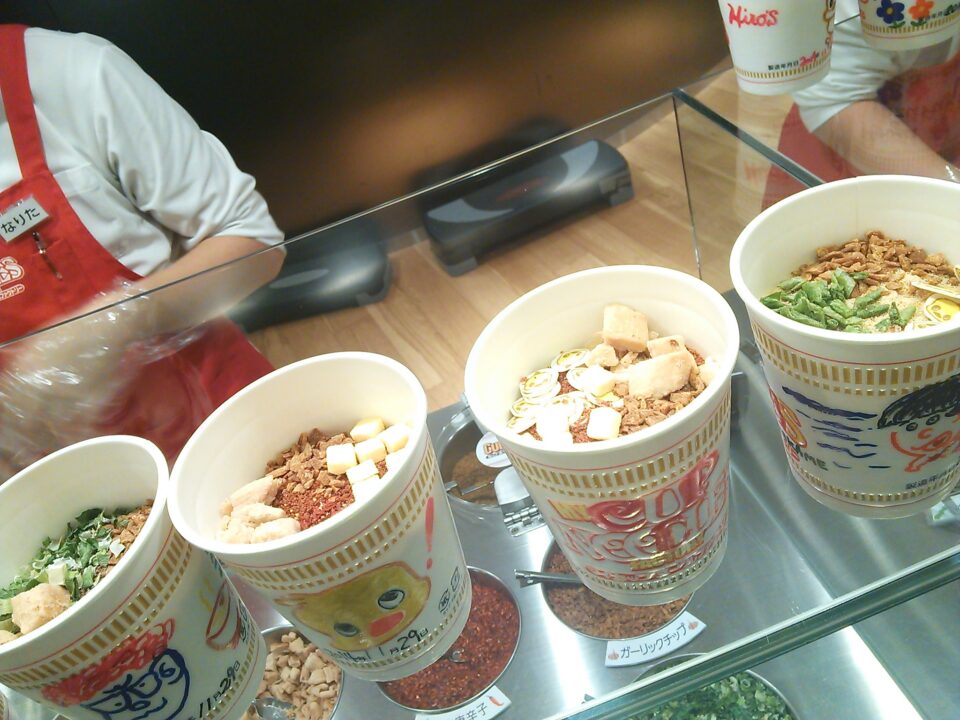
Table of Contents
Just as there is a work process such as putting noodles and ingredients, closing the lid and covering the exterior with vinyl before making cup noodles, there is also a dyeing process for dyeing threads.
At the dyeing factory that we are indebted to, we use the methods of “kase dyeing” and “cheese dyeing” to dye threads.
I usually say “kase dyeing” and “cheese dyeing” in my work, but there was a vague part about what was different in the dyeing process, so I looked it up.
The thread that is bundled around is called a skein.
“Kase-dyeing” is a method of dyeing by hanging a thread on a tube with a hole and spraying a dyeing solution from the hole.
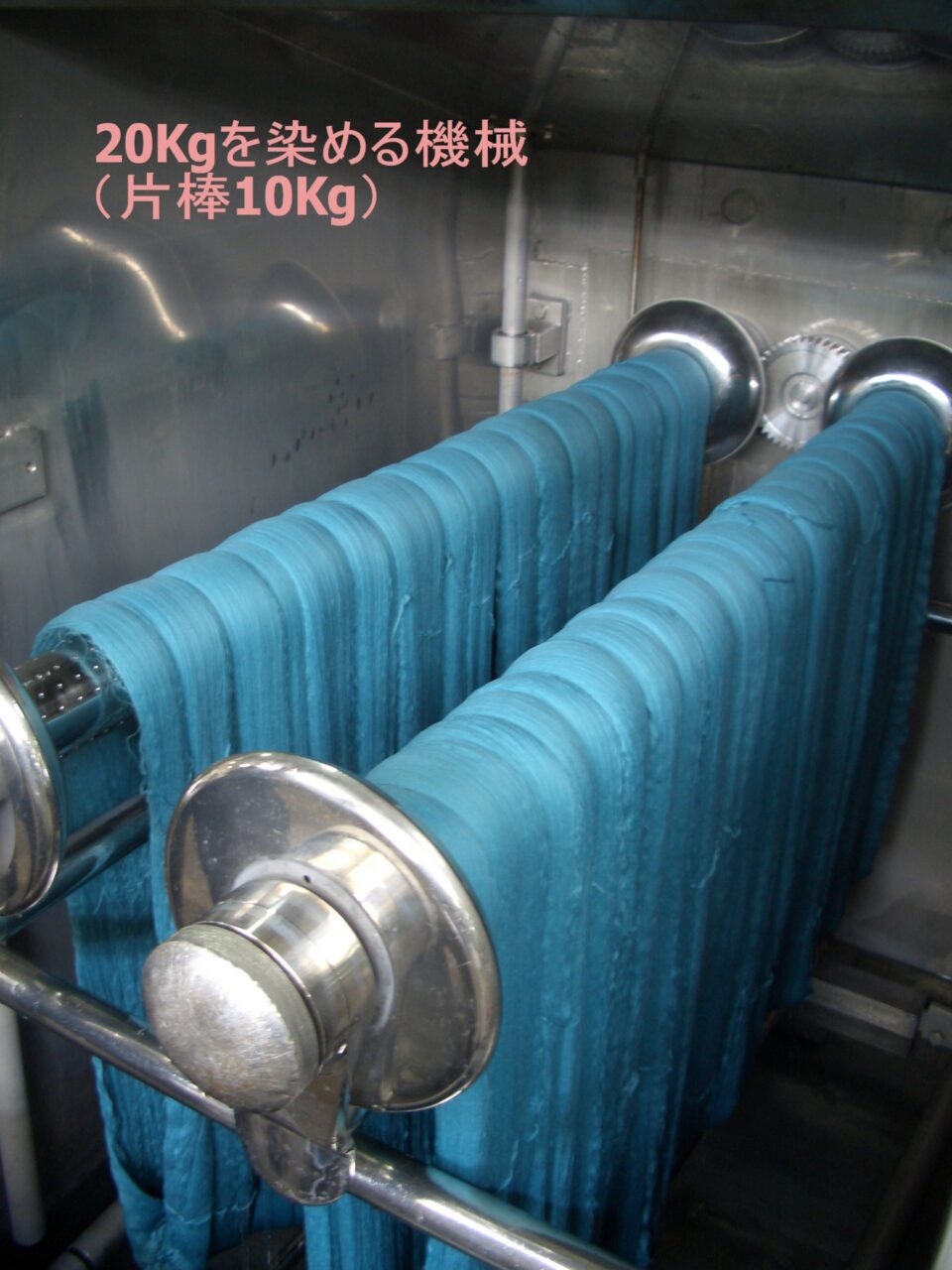
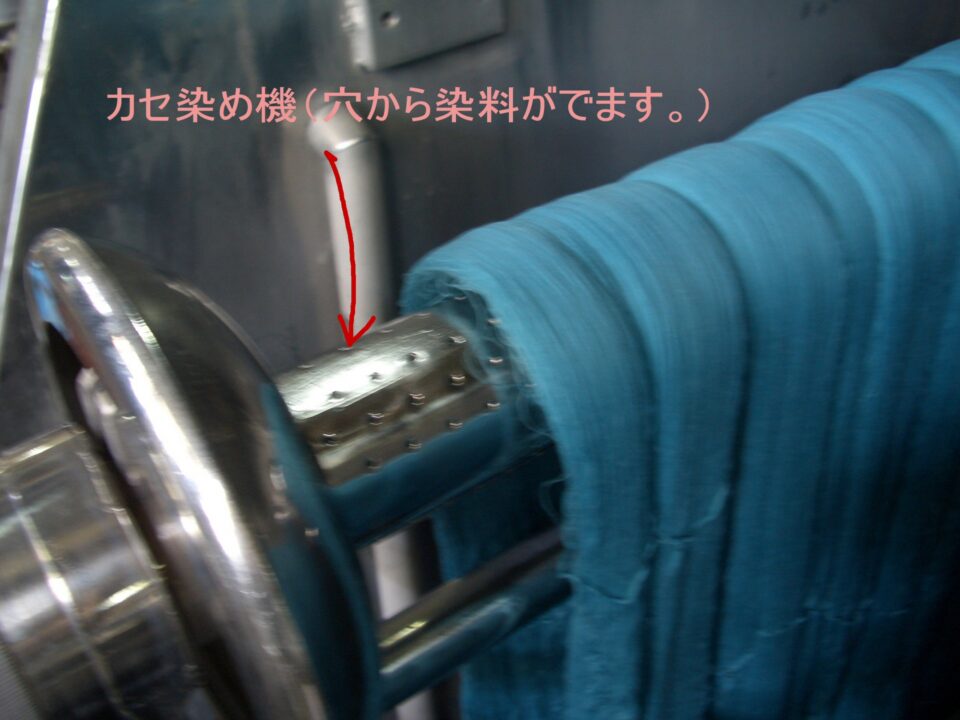
It takes time and effort, but it can be dyed evenly and beautifully while retaining the original texture of the yarn.
Cheese-dyed “cheese” is a thread wound in a shape similar to natural cheese.
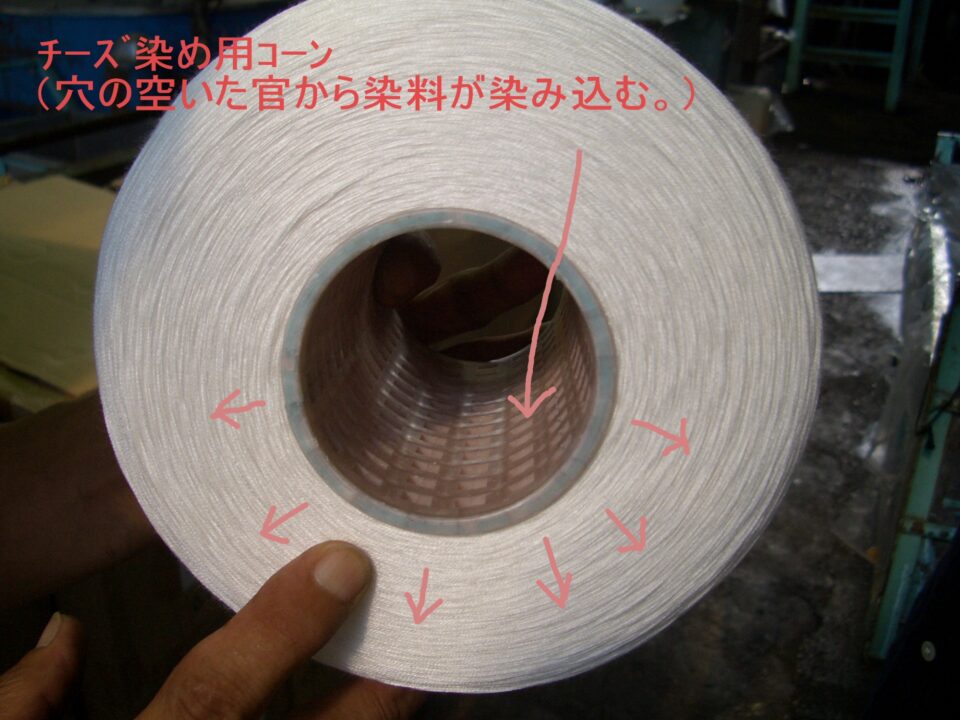
“Cheese dyeing” is a dyeing method in which the yarn is circulated alternately from the inside and outside with a pump so that the dye is evenly dyed on the yarn.
Using a pressure type cheese dyeing machine, the hardness of the thread wound around the cheese is adjusted for dyeing.
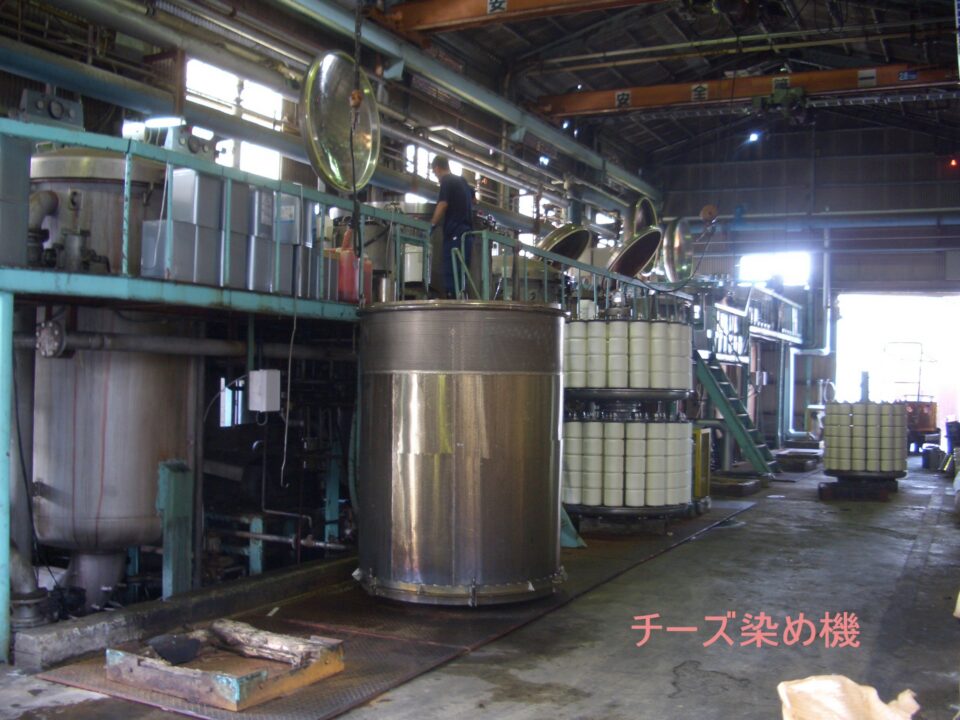
Compared to skein dyeing, it is more efficient and requires less steps before and after dyeing, so speedy dyeing is possible, but because the thread is wound around it, there is a risk that the original texture of the thread, such as its shape and bulge, will be impaired.
I learned that there are good points and bad points depending on the dyeing method.
There are still many things I don’t know about threads that are ambiguous, so I will ask people and research them to input them firmly.
First of all, let’s find out “what kind of material should be dyed with skein (cheese)?” and “why should it be dyed with skein (cheese)?”!
Subscribe Now
To receive the latest updates and insights, subscribe to our newsletter.
Contact Us
For further inquiries regarding this article, please feel free to contact us.